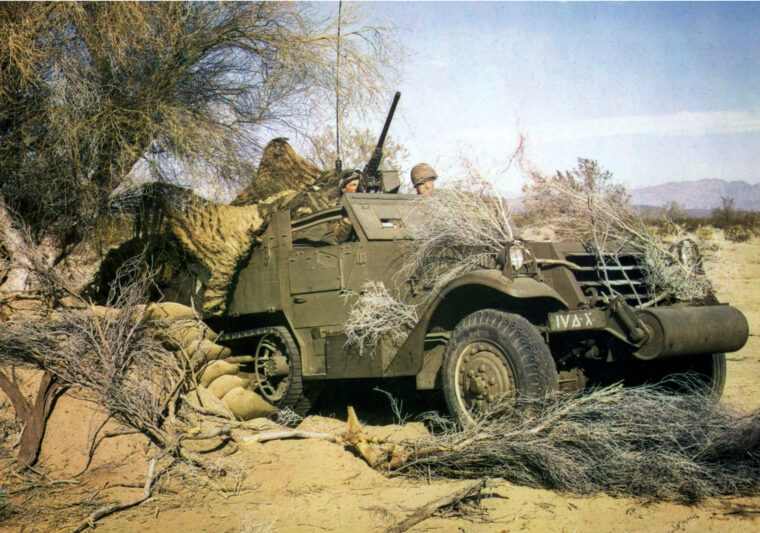
October 2008
WWII History
Company B’s Tunisian Adventure
By Christopher MiskimonFor the United States Army, the long road to Germany began in the mountainous deserts of Tunisia in mid-November 1942. Read more
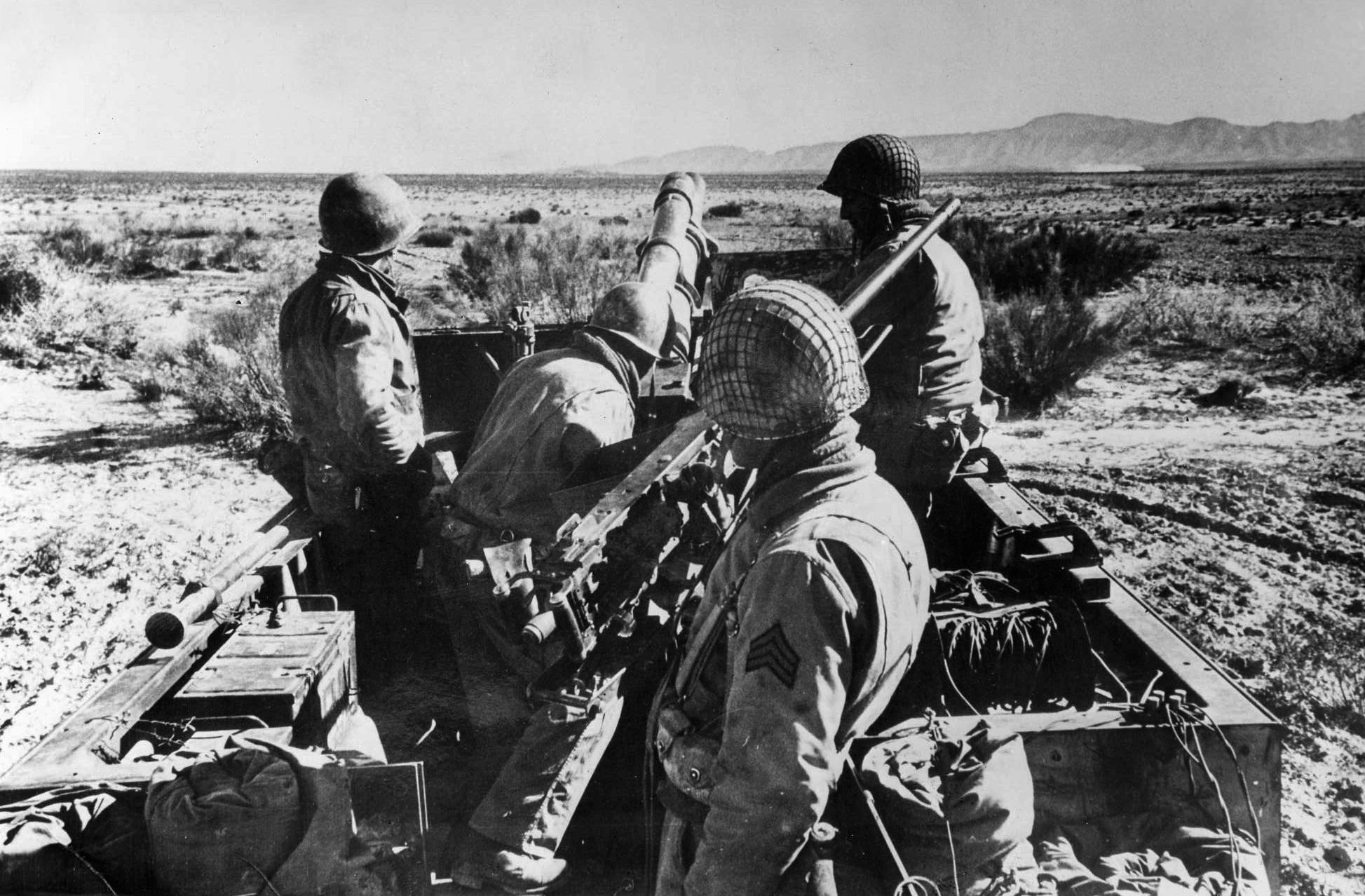
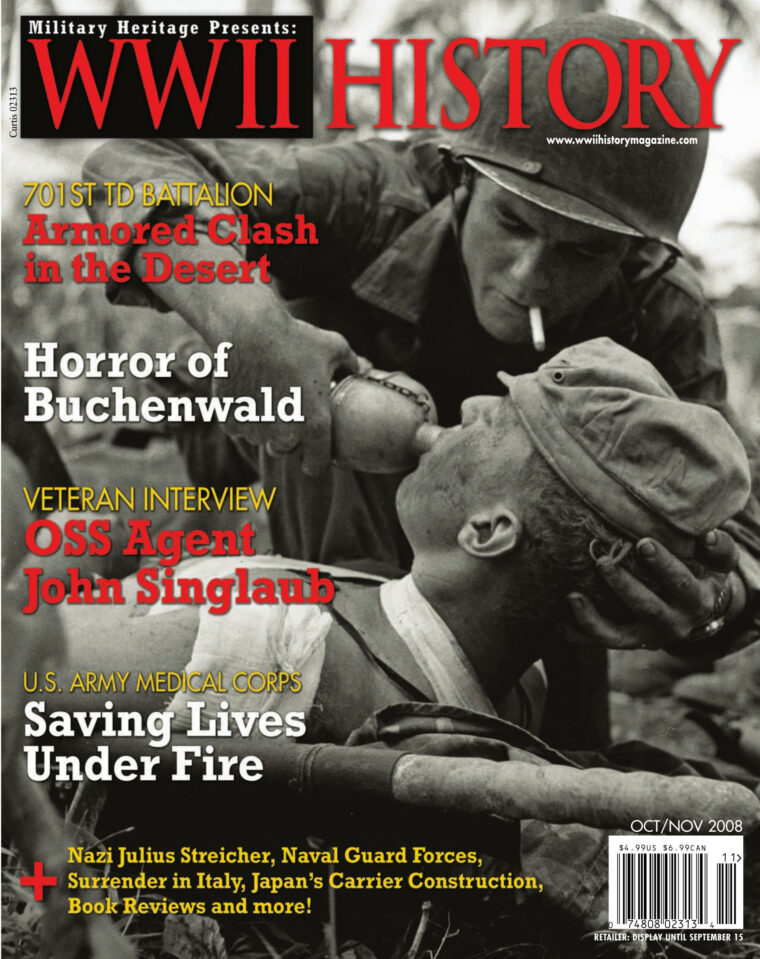
Volume 7, No. 6
Cover: A U.S. Navy corpsman helps a wounded Marine take a sip of water on the island of Guam in the Pacific. Photo courtesy of the National Archives. See story page 40

October 2008
WWII History
For the United States Army, the long road to Germany began in the mountainous deserts of Tunisia in mid-November 1942. Read more
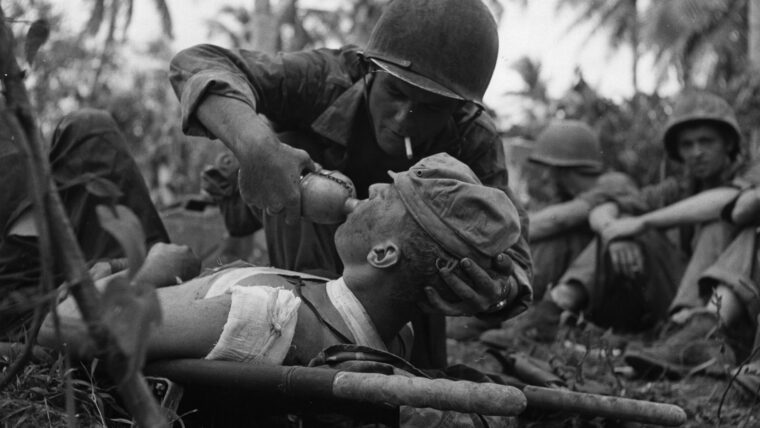
October 2008
WWII History
For centuries wounded soldiers of every nation were responsible for much of their own care. Medical attention was primitive and often not a high priority for military planners beyond the officer corps. Read more
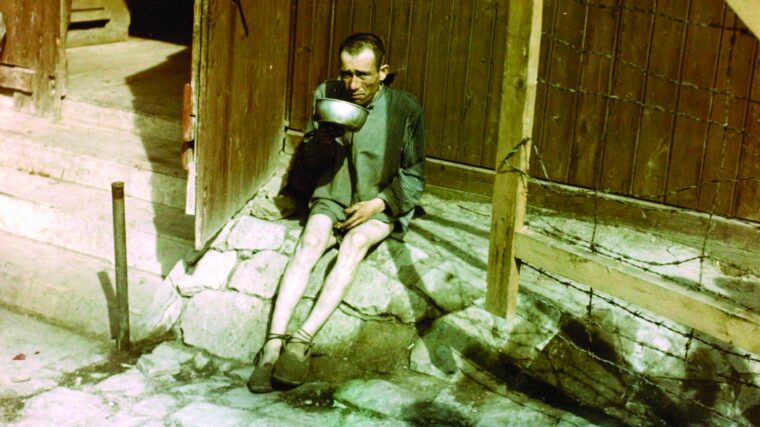
October 2008
WWII History
When Adolf Hitler became chancellor of Germany on January 30, 1933, the world changed forever.
Not only was Hitler determined to pay back Germany’s enemies for his country’s defeat during the Great War, but he was also determined to rid Germany and the rest of Europe of persons whom his twisted Aryan ideology believed were “inferior” or “subhuman.” Read more
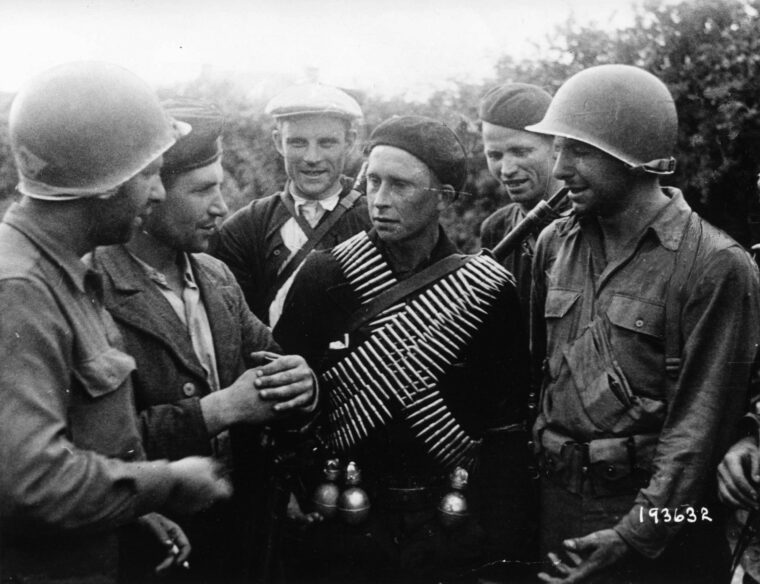
October 2008
WWII History
Major General John K. Singlaub was a young airborne lieutenant when he took up an offer from the Office of Strategic Services (OSS) to become engaged in “hazardous duty behind enemy lines.” Read more
October 2008
WWII History, Editorial
When Pearl Witherington Cornioley died quietly in 2008 at the age of 93 in a retirement home in the Loire Valley of France, some who thought they knew her well may have been surprised to learn that she had risked her life during World War II as an agent for the British Special Operations Executive (SOE). Read more
October 2008
WWII History
Dear Editor:
In “Secret Agent Man,” Peter Kross describes the outstanding British Mosquito plane as being “made of wood, which gave it tremendous speed and maneuverability.” Read more
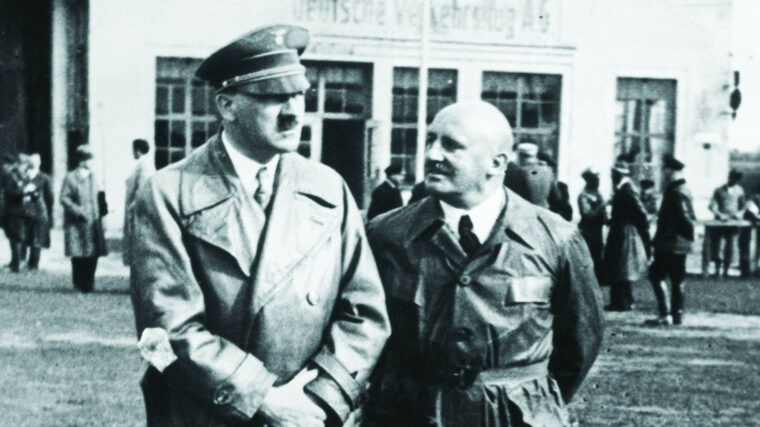
October 2008
WWII History, Profiles
It was May 23, 1945, roughly a year before the execution of Julius Streicher, founder and publisher of the vilest anti-Semitic Nazi propaganda of the war. Read more
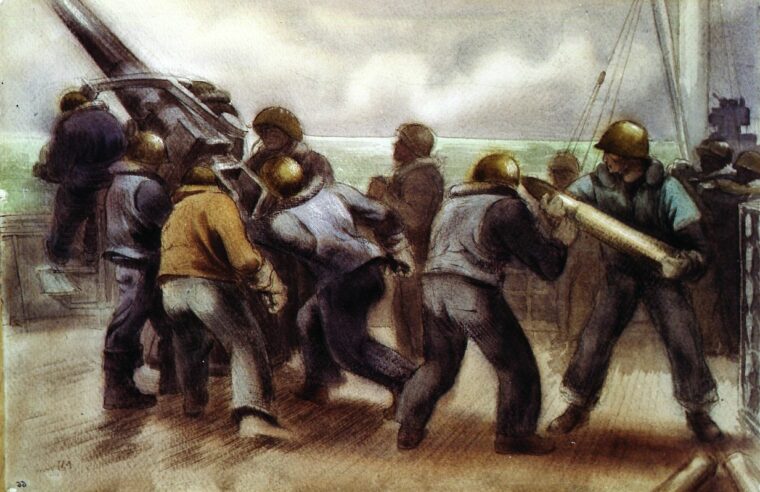
October 2008
WWII History, Insight
They have been called “the other Navy,” the “Navy’s stepchildren,” and perhaps most fittingly, “the forgotten Navy.” Officially, however, they were the Naval Armed Guard or more simply the Armed Guard (AG). Read more
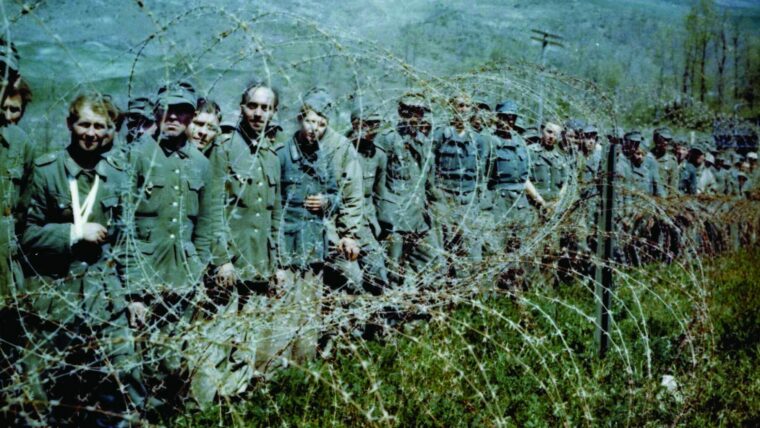
October 2008
WWII History, Top Secret
On the morning of Friday, April 13, 1945, three men gathered at a table in L’Espadon of the Ritz Paris over a breakfast of coffee and croissants. Read more
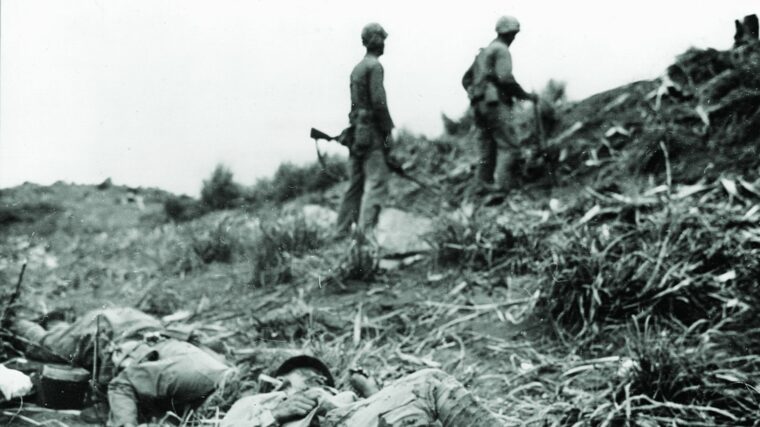
October 2008
WWII History
Ask anyone today to name the three toughest, most important battles of World War II and chances are good that the name “Iwo Jima” will be at, or somewhere near, the top of the list. Read more